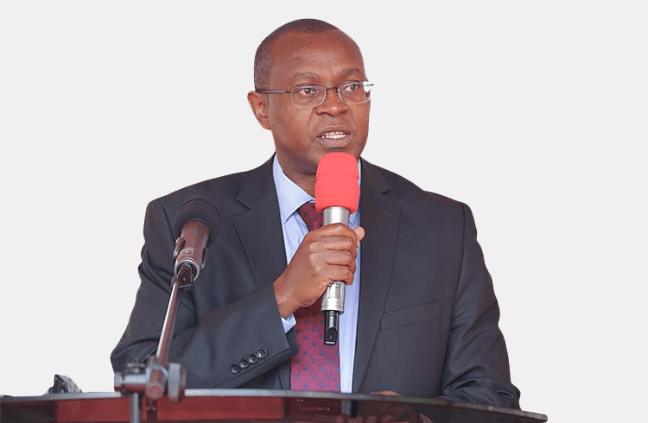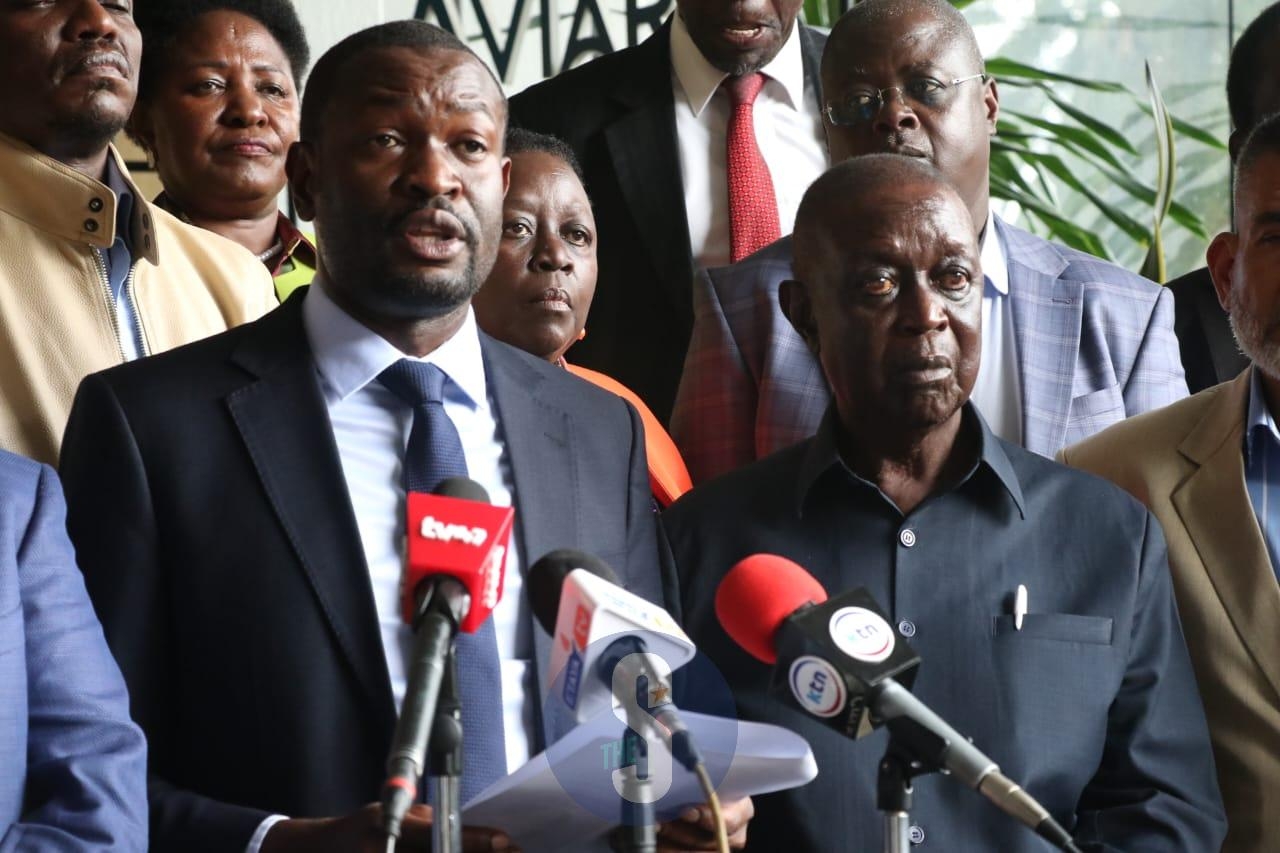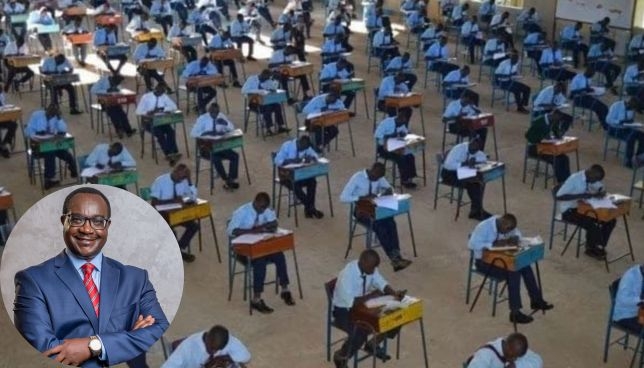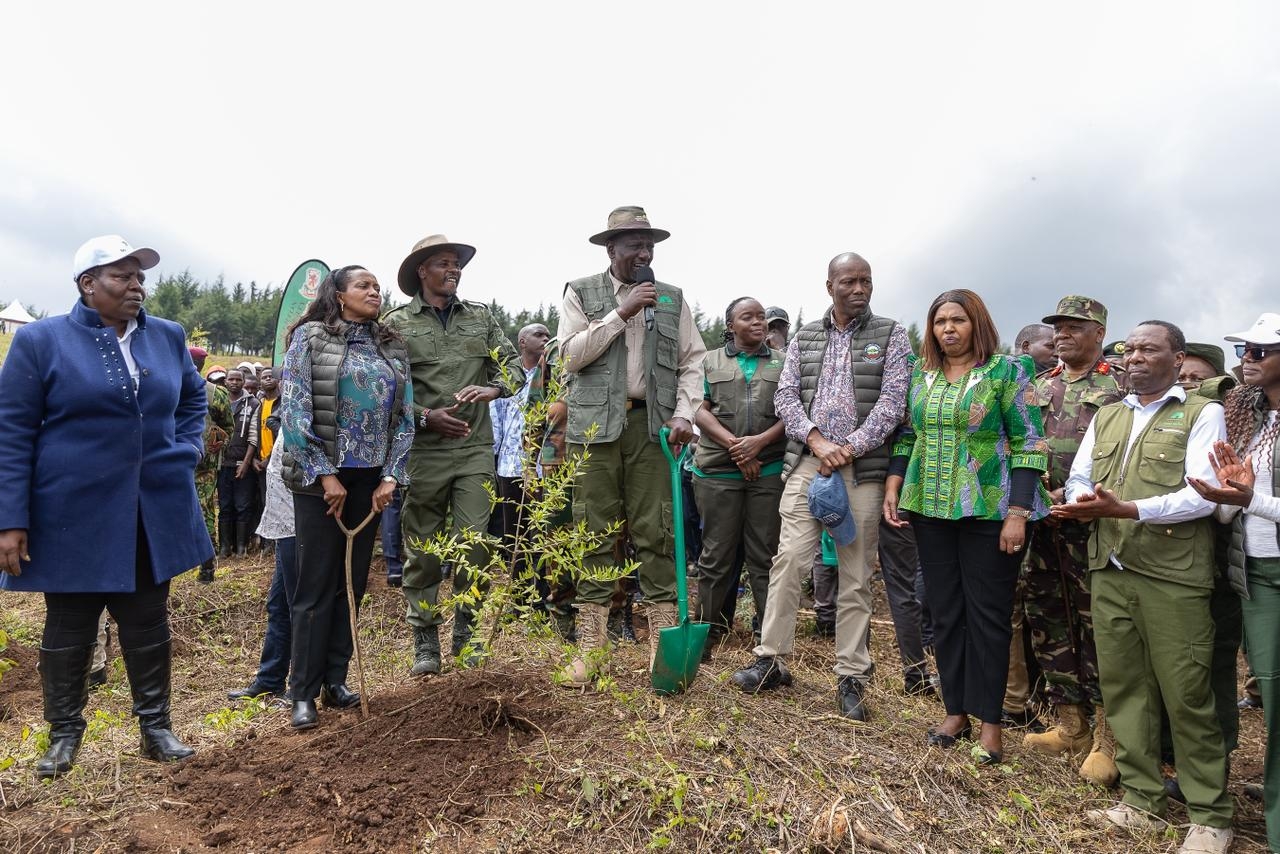Kenya is keen to tap at least 10 per cent more of transit business through the Port of Mombasa, even as it seeks to regain lost business to neighbouring Tanzania.
This is after a drop on cargo through put last year amid growing competition from Dar es Salaam, which has sliced a sizeable percentage of business previously enjoyed by Mombasa.
According to the Kenya Economic Survey 2023, the number of ships that docked at the Port of Mombasa decreased by 4.5 per cent from 1,635 in 2021 to 1,561 in 2022.
Consequently, cargo handled through the port shrank by 1.9 per cent to 33.9 million metric tonnes, from 34.6 million tonnes in 2021, despite container traffic increasing marginally to 1.45 million TEUs).
During the year under review, import traffic declined by 2.3 per cent from 27.3 million in 2021 to 26.7 million tonnes.
The number of motor vehicles landed at the port also decreased by 21.5 per cent from 126,415 units in 2021 to 99,239 units last year, the survey by the Kenya National Bureau of Statistics (KNBS) indicates.
The volume of export traffic nevertheless rose by 3.4 per cent to 4.8 million tonnes in 2022 with transit volumes equally growing, albeit on a slow pace, to 8.6 million tonnes in 2021, to 9.2 million tonnes last year.
While it still remains the busiest harbour in East Africa, Mombasa is facing stiff competition from Dar es Salaam which is equally competition for regional business, with Uganda being a major target.
Dar has already cemented its position on handling Rwanda cargoes, and managed to eat into Mombasa’s business.
The two serve the East African Community landlocked countries through two major transit corridors.
The main one is the 1,700 kilometre-long Northern Corridor that runs between Mombasa (Kenya), Uganda Rwanda, Burundi and Eastern DRC.
The 1,300 kilometre-long Central Corridor serves Tanzania, Rwanda, Burundi, Uganda and Eastern D.R. Congo, with an exit and entry point at the port of Dar-es-Salaam.
The two corridors facilitate export and import activities within the EAC region with a combination of rail, road and lake transportation networks.
“Mombasa used to command up to 70 per cent of business but this has gone down to 60 per cent. It has lost to Dar es Salaam in the last two years but we are working towards regaining that,” SCEA chief executive and the Mombasa Port and Northern Corridor Community Charter chair, Gilbert Lang’at, told the Star.
To remain competitive, Kenya Ports Authority has reduced the free storage period for cargo at Mombasa and Inland Container Depots(ICDs), giving traders ample time to clear and collect their cargoes.
Transit containers at Mombasa will now enjoy 15 days of free storage from nine, the same with those at the Nairobi ICD.
Transit import containers going through the Naivasha ICD will have up to 30 days of free storage, before they start attracting charges.
KPA has also made adjustments on the charges on containers that over stayed the free period, in what is seen to favour importers and exporters.
It will charge $30 (Sh 4,101) per day for a 20-foot container and $60 (Sh8,202)for a 40-foot which stay between 16 and 21 days after the free period.
Those that stay over 21 days after free storage will be charged $45 (Sh6 151) and $90 (Sh13,303)for 20-foot and 40-foot, respectively.
“The applicable storage charges from the 31st day for containers handled at the ICD Naivasha remain as $16 and $24 for 20’ and 40’, respectively. This takes effect from May 1,” KPA says in a notice.
While Dar es Salaam allows traders up to 30 days of free storage at its main port facility, Kenya is riding on efficiency which has seen it remain the preferred by traders in the region and global markets.
Recent expansions,including the Second-Container Terminal, has seen Mombasa’s annual capacity increase to 2.1 million TEUs, as it remains among the top five ports in Africa.
Kenya is also banking on the new Sh40 billion Kipevu Oil Terminal to grow petroleum products exports.
The new terminal has a capacity to accommodate four ships concurrently with a capacity of 200,000 tonnes each.
Kenya has lost about 20 per cent of its export business in recent years to Dar.
Meanwhile, the country is working on addressing delays, multiple road user charges, cross border charges and other Non Tariff Barriers (NTBs) to make the Northern Corridor more attractive.












